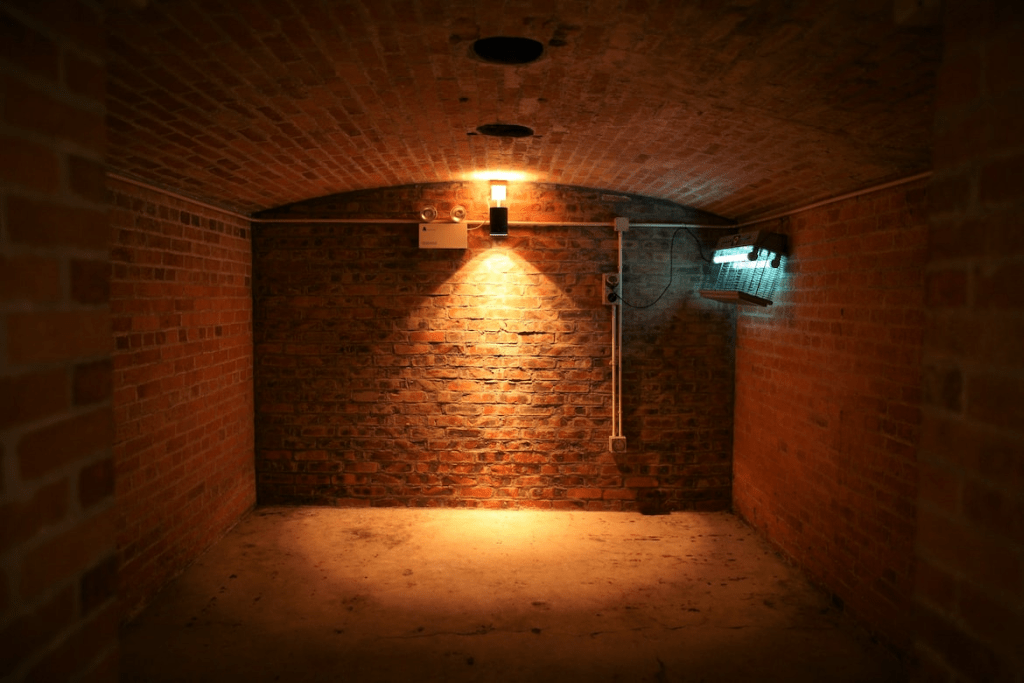
A crucial aspect of home maintenance involves looking after the foundation. It’s the base that supports your entire house, so any issues could cause structural damage or compromised safety. This is why people often research the common causes of foundation damage, and how to prevent them. In this article, we’ll discuss 6 common signals that indicate your house needs foundation repair.
Uneven Flooring
If you notice that your floors are sloping or uneven, it could indicate that the foundation beneath your home has shifted or settled over time. This could be generated by several factors such as:
- soil movement
- poor construction
- water damage
- tree roots
Uneven flooring can affect the structural strength of your house, and create safety hazards for you and your family. It’s therefore essential to address the issue quickly by contacting a professional foundation repair contractor.
They can assess the extent of the damage and recommend appropriate solutions, such as slab jacking or piering. These methods involve lifting and stabilizing the affected areas to prevent further settlement and restore the level of your floors. Let’s assume your home is in the capital city of South Australia. You could access chemical underpinning services in Adelaide that use non-invasive, patented geo-polyurethane resin injection technology. This is instead of using traditional underpinning that can be costly, messy, and disruptive.
Cracks On Walls And Ceilings
These cracks can occur due to various reasons, such as settlement, moisture damage, temperature changes, structural issues, or poor construction practices. While some small cracks may be harmless and cosmetic, larger ones could indicate a serious problem with your home’s foundation.
If you notice any cracks, a professional contractor or structural engineer can determine the cause. They can also provide you with an effective solution to fix it. Ignoring these problems can lead to more significant issues like water infiltration and mold growth. By acting swiftly, you can prevent further damage and ensure the safety and stability of your home for years to come.
Doors And Windows Not Closing Properly
You may have doors sticking or not latching correctly. You may also have windows that won’t close all the way, or that have gaps around the edges. This could indicate issues such as foundation settling or shifting, moisture damage, or worn-out hinges and latches. If left unaddressed, warm air could escape through the gaps in winter, or enter during the summer. In turn, this will increase your heating and cooling costs all year. Any gaps could also make it easier for burglars or intruders to gain access to your home.
Finally, pests could enter your house, creating infestations and causing problems (e.g. internal damage, inconvenience, and health issues). A professional inspection can determine if any structural issues need to be addressed before repairing doors and windows. In some cases, however, simple adjustments (such as tightening screws or lubricating hinges) may fix the problem.

Damp Or Wet Basement
This is often a sign of water damage in your home’s foundation. Water can seep into your basement through cracks in the walls or floor, leading to mold and mildew growth. This creates an unpleasant odor and also poses health risks for you and your family (especially if anyone in your household has respiratory issues such as Asthma). If left untreated, the moisture can weaken the foundation of your home and create structural issues.
Signs indicating a damp basement include musty odors, peeling paint or wallpaper, and visible water stains on the walls or floor. You may also notice that your basement feels humid or moist to the touch. To resolve the issue, you’ll need to identify the source of the problem and prevent further water from entering. This might involve repairing cracks in the walls or installing drainage systems around your property. In severe cases, a professional contractor may need to repair any structural damage that’s been caused.
Leaning Chimney Or Porch
This can occur for several reasons, including soil movement, inadequate foundation support, and water damage. A leaning chimney or porch not only looks unattractive but also poses a serious safety hazard. If you notice any slight tilting or leaning in your chimney or porch, it’s important to swiftly do something about it. A professional contractor can evaluate the extent of the damage and recommend an appropriate solution.
Some potential remedies may include installing helical piers or steel push piers to stabilize the foundation, injecting concrete underpinning into affected areas, or adding additional support beams underneath your porch. With prompt action and expert help, you can save yourself from more significant problems later on.
Plumbing Issues
Leaking faucets, clogged drains, and burst pipes are just a few of the common plumbing issues that can adversely affect your home. Not only do they cause inconvenience, but they can also lead to significant water damage if not rectified promptly. The causes can include outdated pipes, clogs, leaks, and more.
Low water pressure is often a sign that something is obstructing your pipes. This could be due to buildup from hard water minerals or tree roots growing into your pipes. Slow drains are a telltale sign that something is blocking your plumbing system. This could be anything from hair in the shower drain to grease in the kitchen sink.
Foul smells coming from your pipes or sewer line may indicate a problem with your sewage system. This could be due to a clog in your main sewer line or a broken pipe. Finally, unusual sounds such as gurgling or bubbling may indicate an issue with your plumbing vents.
They help regulate airflow in your plumbing system and prevent negative pressure from building up (which can cause wastewater to back up into your home’s fixtures). As you can imagine, issues with tree roots and sewage systems are problems existing at the foundation level.
Eventually, a sagging roof could also provide a clue that you have issues with your foundation. The key is to keep a lookout and make regular inspections. Get prompt professional help when required, because this preserves both your home and your safety.



